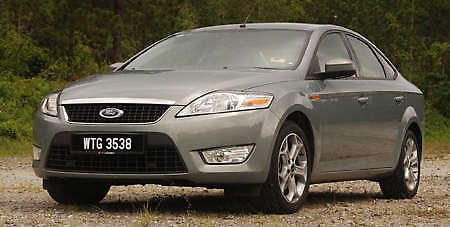
Years of reading British car mags have made me a bit of a skeptic. If it’s a Jaguar, Lotus or Ford, our UK friends will fall over themselves to hail it as the best in class. Questions like “is the Evora that much better than a Cayman S?” or “can the Ford Mondeo be really as capable and satisfying as a 3-Series?” often linger in my mind.
More often than not, the curiosity remains unanswered, as we don’t often get to sample the best of Britain here, so when the opportunity to test drive the Mondeo presented itself, I was rather excited to find out for myself.
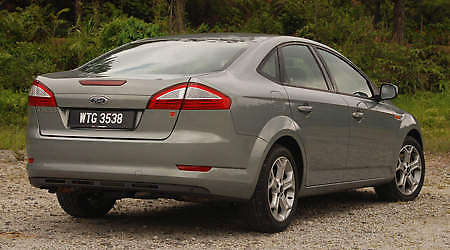
The Ford Mondeo is the best example of Europe’s answer to the D-segment saloon, a class dominated by the Toyota Camry and Honda Accord in our part of the world, so naturally, these are the reference points we’ll use to compare the Ford with. Fully imported from Belgium, the highly specified 2.3-litre Mondeo is priced within the ballpark of the Thai-made Camry and the Melaka assembled Accord, which makes one wonder about the profit margins of both Japanese companies.
Back to the main subject. Looks are subjective of course, but while the Mondeo’s design is a breath of fresh air on our streets, neat, inoffensive and more dynamic looking than the Accord and Camry, the shape is rather generic and Ford’s Kinetic design is toned down for this application. The rear section of this sedan version (there’s a hatchback in Europe) in particular, appears rather bulky too.
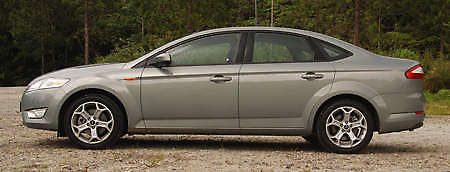
Which may not be an illusion, as the Mondeo is no small car. It’s taller and quite a bit wider than both Japanese cars while overall length (4844 mm) is closer to the Camry (4825 mm) than the class busting Accord (4945 mm). Despite this, the Ford’s 2850 mm wheelbase is lengthier than the Accord’s 2800 mm, which is quite something, since we all know how much rear legroom the Honda has. As a comparison, the E60 5-Series’ wheelbase is 2888 mm long, so this is one big exec we’re looking at.
Space is certainly adequate with those dimensions, and tall passengers will have no complaints seated at the back, but the rear legroom champion is still the Accord. Like the Honda, the Mondeo comes with all-black leather seats and trim, as opposed to the Camry interior, which is specified with light hues for a more cozy and warm ambience.
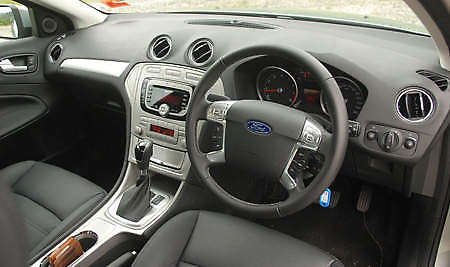
Up front, comparing the Ford with its Japanese rivals is an exercise of comparing regional tastes. Italians aside, Continental cabins have always been more functional than glitzy, and the Mondeo stays true to form. Sure, there are metal-like accents (not very convincing) and a Sony stereo, but it’s all very sober and business-like, without oooh and ahhh touches such as the Accord’s watch-like dial faces and brushed trim and the Camry’s “floating” instruments. You get two white on black basic dials with straightforward fonts, and a centre console with perhaps half the amount of buttons than the Honda. Personally, I like it this way especially when the basics are covered.
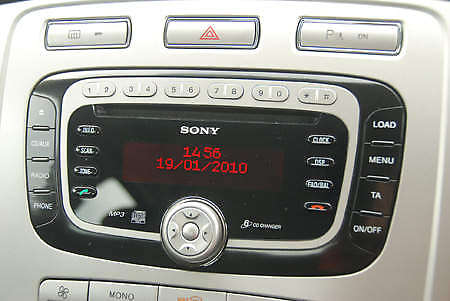
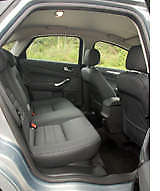 Basics such as memory powered seats that are comfortable (could go a touch lower though), a full featured steering wheel with four-way controls on each side, and well located and easy to use minor controls.
Basics such as memory powered seats that are comfortable (could go a touch lower though), a full featured steering wheel with four-way controls on each side, and well located and easy to use minor controls.
Ford also surprised this writer with its material selection. While soft plastics on the main dash moulding and door caps are common on European cars, the Mondeo has the slushy stuff in places I didn’t expect – like the furthest panel from the dash below the windscreen, and below the base of the centre stack, all along the transmission tunnel, places that even some premium brands don’t bother with. Other than one shiny bit of plastic (power window switch area) and steering buttons that are not 100% tight, fit and finish is very good. I did have one annoyance though; my knees hit the bottom of the steering boss everytime I step out of the car. I’m not tall and sit pretty close to the wheel so that grouse might not apply to everyone though.
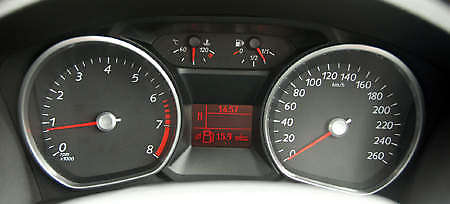
The Mondeo gave a decent first impression on the move. I didn’t demand much from it in the first two days, only going through my daily routine which includes long highway cruising and city traffic. The ride comfort is very good on those 17-inch wheels, rock steady on the highway and brilliant on bad roads. Bigger intrusions that you’ll certainly feel in the Japanese cars are rolled over with authority, sparing occupants from feeling their sharp edge. The Accord feels a little too firm after the Mondeo, which damping is very well judged. It’s much like comparing a Civic with a Golf, the former lacking the composure and stability of the European car. One thing I picked up though; while insulation is good, the drivetrain sounds a little wheezy at low speeds.
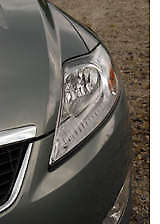 Then I drove it hard. Half a day taking the Ford through the B-roads of Selangor, it turned out to be one of the most impressive drives I’ve ever had in a car this size. To just say that the Mondeo has great handling and great balance is simple, so I’ll try my best to convey what went through my mind as I smiled my way through the bends.
Then I drove it hard. Half a day taking the Ford through the B-roads of Selangor, it turned out to be one of the most impressive drives I’ve ever had in a car this size. To just say that the Mondeo has great handling and great balance is simple, so I’ll try my best to convey what went through my mind as I smiled my way through the bends.
While most of today’s cars have grip limits and safe handling beyond what their targeted drivers put them through, what sets the best from the merely good is how they behave when you’re really pushing on. In the Mondeo, you feel that the car is always on your side as you explore its ability, bit by bit, corner by corner. Like a great dance partner, the connection between driver and Mondeo is excellent – the naturally weighted steering is rich with feedback, the brakes firm and easy to modulate – so there’s no need for guessing how much grip in reserve does it have, or will I brake in time for that, you get the drift.
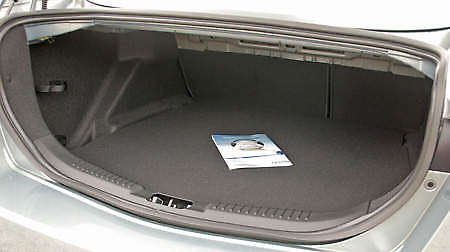
It’s a big car, but you easily forget its size thanks to the brilliant body control that does so well in managing the shift of weight, so you can concentrate on the next corner. The abovementioned ride comfort also plays a big role in the Mondeo’s ability to flow across country roads with finesse.
In view of this, it’s almost forgivable that the Mondeo doesn’t ship with ESP (although it does have seven airbags including a driver’s knee bag). As a comparison, both the Accord and Camry come with vehicle stablity programmes; the Honda has front and side airbags while the Toyota only has two.
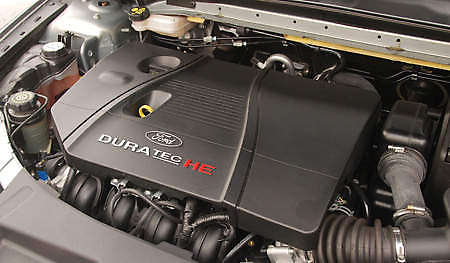
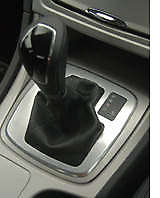 However, that intense exercise also revealed the areas that could have been better. In Malaysia, we have a sole option of a 2.3-litre Duratec HE engine with a six-speed auto ‘box. The twin cam engine produces 159 bhp and 208 Nm, quite underwhelming compared to the Accord 2.4’s 178 bhp and 222 Nm. In practise, although not a handicap performance is merely adequate, and you’ll have to rev hard to get the best from it. It doesn’t sound unpleasant as you do so, but it’s definitely not VTEC sweet. The overall package will be nearer to perfect should it come with say, Ford’s Ecoboost turbo engine or even a TDCi.
However, that intense exercise also revealed the areas that could have been better. In Malaysia, we have a sole option of a 2.3-litre Duratec HE engine with a six-speed auto ‘box. The twin cam engine produces 159 bhp and 208 Nm, quite underwhelming compared to the Accord 2.4’s 178 bhp and 222 Nm. In practise, although not a handicap performance is merely adequate, and you’ll have to rev hard to get the best from it. It doesn’t sound unpleasant as you do so, but it’s definitely not VTEC sweet. The overall package will be nearer to perfect should it come with say, Ford’s Ecoboost turbo engine or even a TDCi.
The gearbox meanwhile, is great news – not only because we’re used to having dated four-speed units from Ford – but because it’s smart in D and quick enough in Sports mode, something which can’t be said about the Focus sold here. Oh yes, and you pull back for upshifts, push to downshift, which is more intuitive than the usual layout (only “driver focussed” brands like Ford, BMW and Mazda seem to use it though). The extra ratio over its rivals means 110 km/h equates to just 2200 rpm, benefiting crusing economy and sound levels.
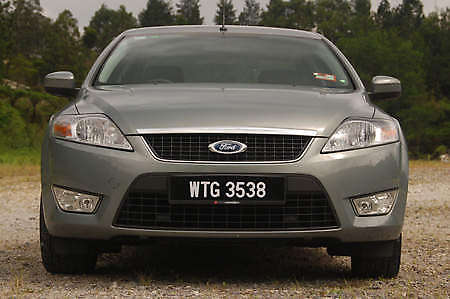
So I have to grudgingly concede that the the Brits were right about the Mondeo after all; this is a great car to drive and to live with, and it can be considered as a good alternative to entry level premium badged compact execs – not only do you get a much bigger car and the same level of equipment, it’s a good deal cheaper too.
We don’t see it creating big waves in our Camry and Accord dominated market, but for the few who go against the flow, you’ll be very satisfied, in the driving department at least.
By now, you must have gathered that I highly rate the Ford, but both Paul and Harvinder also gave the thumbs up, so the Mondeo gets our unanimous recommendation as a car keen drivers shopping at this level need to try out before opting for something else.
Looking to sell your car? Sell it with Carro.

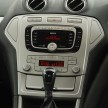
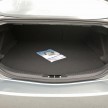
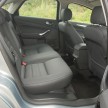
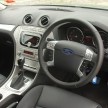
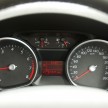
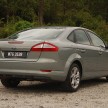
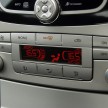
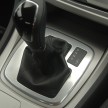
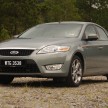
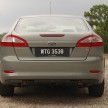
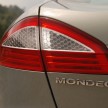
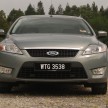
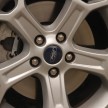
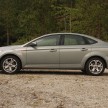
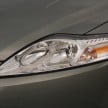
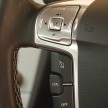

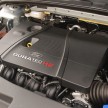
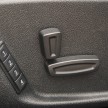
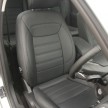














AI-generated Summary ✨
Comments on the "Ford Mondeo Test Drive Review" largely focus on vehicle safety, especially the absence of ESP in the Malaysian model, with many arguing that ESP is a crucial safety feature that can prevent accidents. Several commenters emphasize that good chassis, airbags, and driver skill are essential, but electronic aids like ESP offer significant added protection, as evidenced by real-world experiences. Pricing and value for money are also discussed, with opinions divided on whether the Mondeo’s price is justified compared to Japanese competitors like Accord and Camry, especially considering import taxes and local service networks. Some praise the Mondeo’s handling, comfort, and European design, while others critique its features or pricing but generally see it as a good, modern choice in the segment.